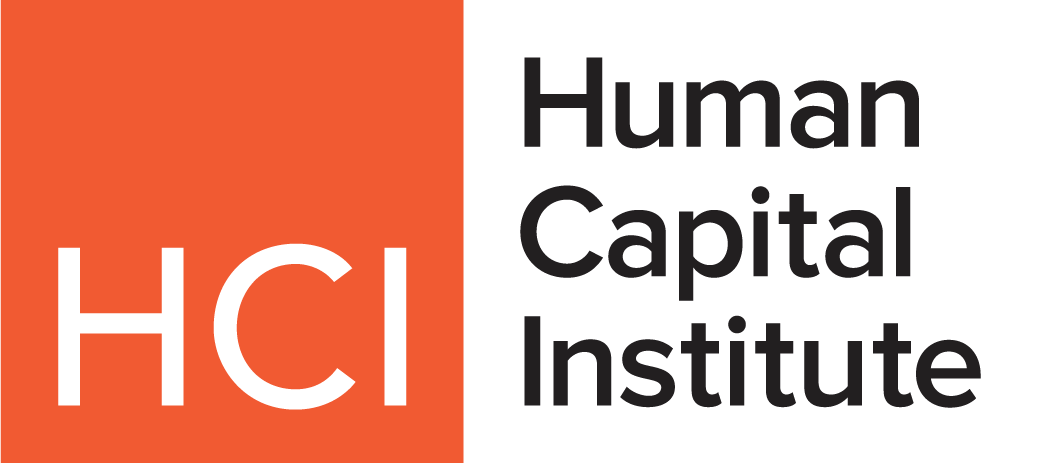While the gender pay gap hit a historic low this year, there is still much work to be done to achieve pay equity in the US. Women still only earn an average 85% of what men do, and post-pandemic workforce participation lags for women, despite periods where they were leading workforce recovery.
Wage adjustment is only a starting point–women’s work experiences are too complex to be reduced to a number on a paystub. The various challenges of their specific roles, their personal responsibilities, and societal pressures all contribute to the persistence of a pay gap.
In this sense, it’s less about the amount of pay and more about the impact of pay. Two women of the same age, race, and marital status might have wildly different job experiences if one is an entry-level office worker and the other an hourly worker in a retail store–even if their total weekly pay looks similar on paper.
The situation is especially critical for hourly workers, who face unique employment challenges–such as schedules that vary week-to-week–on top of the gender disparities that manifest everywhere. Unsurprisingly, women’s hourly rates of pay were around $3 lower per hour than men’s.
In HR, we know that performance improvement is all about targeting areas for growth. And when it comes to solving the gender pay gap, I see promoting women’s well-being in the hourly workplace as a major area for growth. After all, improving the hourly work experience for women will make it better for everyone.
A Self-Sustaining Cycle
The factors impacting women’s pay progress in the workplace don’t exist in isolation: they inform each other, complicate each other, and perpetuate each other.
Women still carry a disproportionate burden when it comes to childcare responsibilities, and if they’re working, they may be relying on paid childcare services. At the same time, women are overrepresented in lower-paying industries that predominantly hire hourly workers. Low wages and fluctuating paychecks can make childcare unaffordable, thereby pushing women to take on additional part-time employment. If that job then lacks schedule flexibility, or has unreliable hours, it becomes even more difficult for women to find reliable childcare. These complications ultimately lead to fewer hours and therefore, less pay. A career move intended to help women get ahead often ends up setting them back.
The obstacles women face early in their careers reverberate throughout their whole lives. Largely due to the wage gap, women enter retirement with less money in savings than their male counterparts, despite many women acting as either the sole household wage earner or co-wage earner.
Then, there are the jobs themselves. According to McKinsey, women are more likely to move into roles with “less competitive pressures and fewer full-time requirements”, often due to caregiving responsibilities. They’re also more likely to experience burnout on the job, which could drive them toward less intense (and often lower-payinglower paying) opportunities. Black and Latino women are even more likely to be work in low-wage job categories, such as food service, personal care services, and healthcare support roles. And some job types, many of them hourly, can be outright hostile to women: recent data shows that women retail workers are more likely to feel unsafe on the job than men.
To break this cycle and lower the barriers holding women back, employers have to support women across the various factors that influence their work experience. Bridging the pay gap requires creating conditions that sustain equal pay overtime, and that means looking beyond the paycheck.
Solving Multifaceted Problems With Multifaceted Benefits
Employers should provide more holistic benefits that support women’s well-being both inside and outside of the workplace.
For example, employers of hourly workers can better accommodate women’s unique needs just by reimagining their approach to scheduling. By switching to automated scheduling–which is easier than ever these days, given new advancements in AI–employers can instantly align employees’ self-reported needs with projected demand, so workers get the schedules that fit their lives. Using an AI-driven scheduling platform can also remove bias from the scheduling process, eliminating the risk of gender discrimination by a manager making the schedule.
Employers can also address inequities by altering their pay structure. Benefits like early access to earned wages (EWA) give employees added financial security. In general, giving employees more control over their finances has been shown to improve their well-being.
Benefits that help women create a more inclusive workplace for everyone. By reducing these barriers, we can close the pay gap and ensure a thriving labor force.
Traci Chernoff is the Director of Employee Engagement at Legion Technologies and an experienced HR leader. Prior to joining Legion, Traci spent nearly a decade in key HR leadership roles for both luxury and big-box retailers like Target, directly supporting retail management and hourly teams across North America. Recently, Traci worked as a Director of Human Resources for global luxury retailer SMCP, where store managers were able to reduce the time spent on scheduling by 50% with Legion Workforce Management. Traci is the host and creator of the podcast, “Bringing the Human back to Human Resources” where she destigmatizes HR by uniting employee demands and business needs while simultaneously challenging the perceptions and stigmas surrounding HR.




